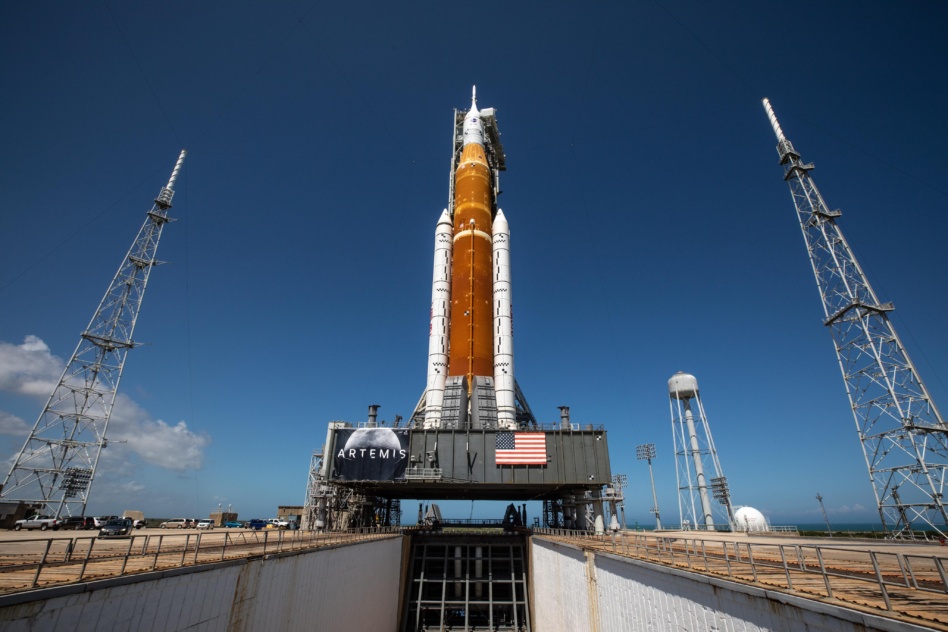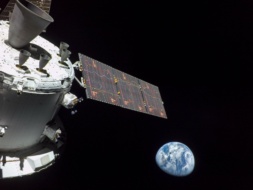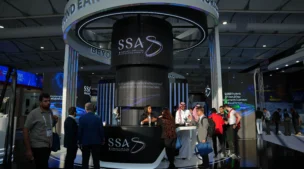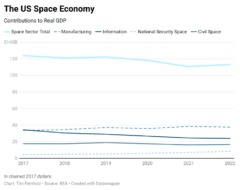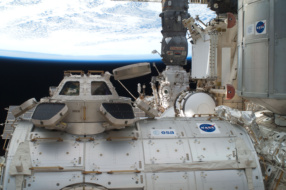The aerospace & defense (A&D) primes started reporting fourth-quarter results on Tuesday, with Raytheon ($RTX) teeing off first, followed by Lockheed Martin ($LMT), Boeing ($BA), General Dynamics ($GD), and Northrop Grumman ($NOC) this morning.
Across the board, companies’ results and forward-looking projections were on the one hand buoyed by sky-high American and allied defense budgets. But in many cases, labor and supply chain challenges continue to eat away at the contractors’ margins. In any event, we digress. We’re here to unpack the aerospace side of the equation.
View from the top
First, let’s establish some baselines. All numbers that follow are as of press time (6:30am Eastern on 1/27):
- Raytheon has a $147B market cap and is -0.6% year to date (YTD). Raytheon’s Intelligence & Space (RIS) division made $14.3B in 2022, making it responsible for 21.3% of total revenues.
- Lockheed Martin has a $119B market cap and is off 3.7% YTD. LM Space made $11.5B in 2022, which was 17.5% of Lockheed’s total ’22 revenue. For more LM Space, check out our recent Pathfinder episode with Robert Lightfoot:
- Boeing has a $126.8B market cap and is up 8.8% YTD. The company’s Defense, Space, & Security (DSS) division made $23.1B in 2022, which was 34.8% of Boeing’s total 2022 haul.
- General Dynamics has a $62.3B market cap and is off 8.7% YTD. GD’s Aerospace division made ~$8.6B last year, making it responsible for 21.7% of General Dynamic’s total sales in 2022.
- Northrop Grumman has $68.3B market cap and is down ~18% year to date. With $12.3B in 2022 revenue, Northrop’s space unit accounted for 33% of total 2022 sales.
Raytheon results

Raytheon posted Q4 sales of $18.1B (vs. $18.2B est), full-year revenue of $67.1B, and Q4 adjusted EPS of $1.27 (vs. $1.24 est). RTX management guided to $72B-$73B in 2023 sales. RIS and Collins Aerospace are two of the company’s four reportable segments.
- RIS reported Q4 sales of $3.5B (-8% YoY), and an operating profit of $278M (-56% YoY).
- Collins posted Q4 sales of $5.6B, up 15% YoY, and an operating profit of $741M (+61% YoY).
Lockheed Martin results
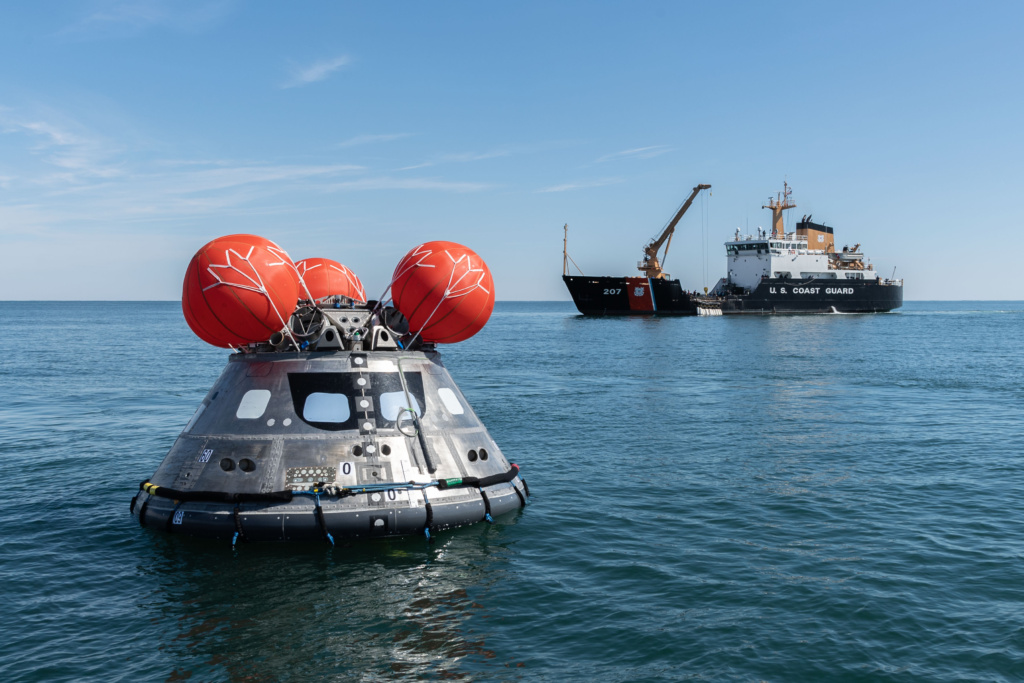
Lockheed Martin posted Q4 sales of $19B (vs. $18.3B est), full-year revenue of $66B, and Q4 adjusted EPS of $7.79 (vs. $7.41 est). LM Space recorded ~$3.3B and $11.5B in Q4 and full-year revenues, respectively. Q4 revenues increased 12% annually, due to a $210M sales boost for classified programs, $110M for the Next Generation Interceptor; and $40M for commercial space programs (i.e., Orion). The unit’s operating profit in the fourth quarter was $77M, a 25% YoY drop.
Lockheed owns a 50% equity stake in United Launch Alliance (ULA), with Boeing owning the other half. LM’s equity stake in ULA was primarily responsible for $15M (or 6%) of Q4 profits, and $100M (10%) of the 2022 haul.
Boeing results
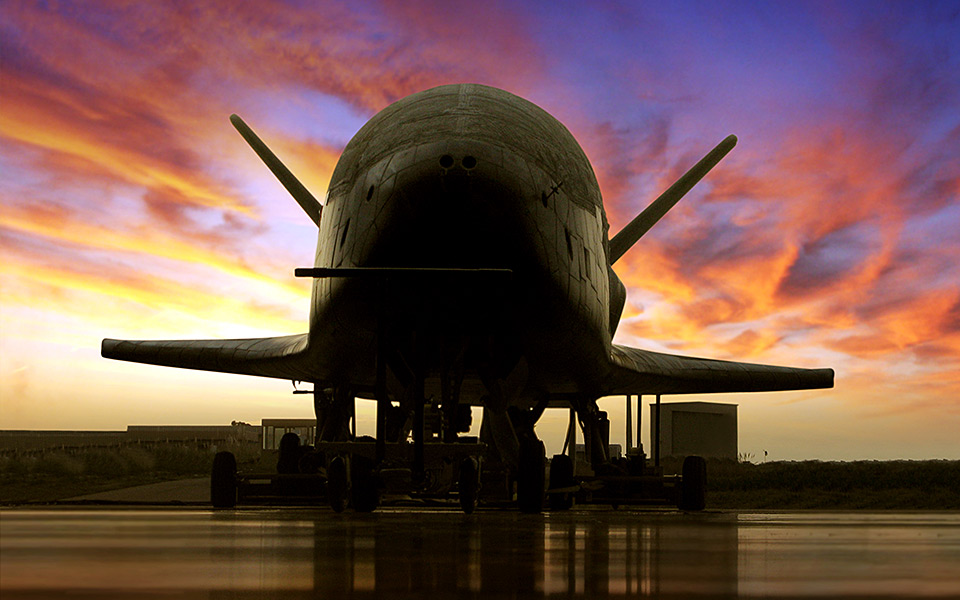
Boeing posted Q4 sales of $20B (vs. $20.3B est), full-year revenue of $66.6B, and a Q4 adjusted EPS of -$1.75 (vs. $0.20 est), with rebounding aircraft sales undercut by workforce and supply chain issues. On the space side, DSS fourth-quarter revenue was $6.2B—earnings were $112M for the same period. The unit delivered three satellites to customers in Q4, but the big highlight was the Boeing-built SLS lifting off and powering the Artemis 1 mission.
For the year, Boeing booked ~$23.2B in revenue but recorded a $3.5 billion loss (you read that right). The company had to take charges throughout 2022 for delays and cost overruns—including some of its space programs. As it looks to rightsize the ship, Boeing management says that margins will still be challenged by labor and supply chain issues.
General Dynamics results
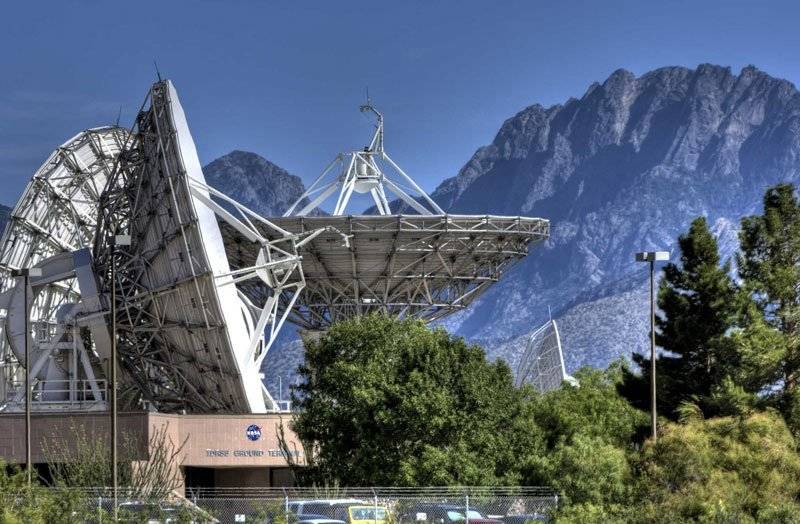
General Dynamics posted Q4 sales of $10.85B (vs. $10.68B est), full-year revenue of $39.4B, and a Q4 EPS of $3.58 (vs. $3.54 est). The Reston, VA company reported a record backlog of $91.1B. Q4 Aerospace revenues were $2.45B, down 4.3% YoY. For the full year, though, GD Aerospace booked ~$8.6B in revenue (+5.3% YoY). The Aerospace backlog stretched to $19.5B (+19.8% YoY), good for a book-to-bill ratio of 1.2-to-1 for the quarter.
Northrop Grumman results
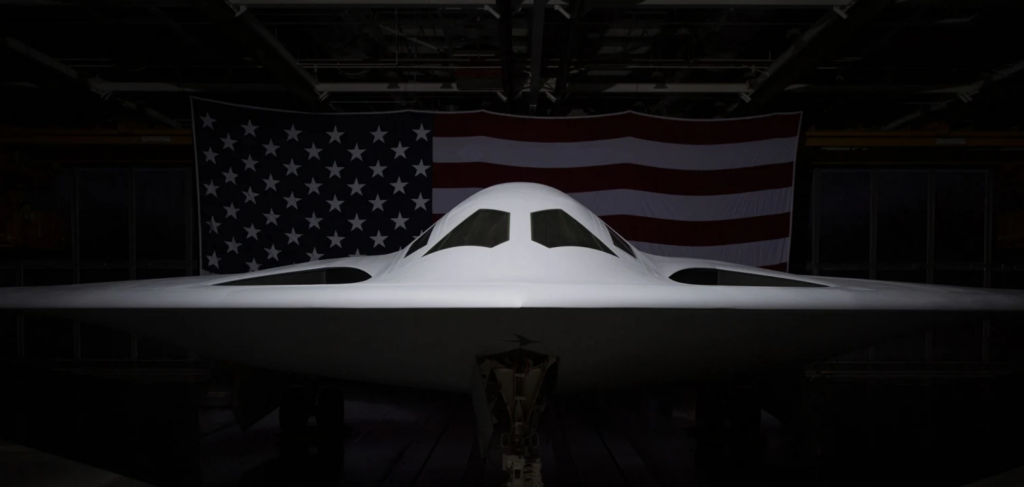
On Thursday, Northrop Grumman ($NOC) capped a busy week of earnings from the A&D primes. The Falls Church, VA defense contractor reported Q4 sales of $10B, a 16% annual jump, and $2.1B in net earnings. For the full year, Northrop pulled in $36.6B in revenue. Despite an earnings beat ($7.50 actual vs. $6.57 est.) and strong sales guidance, shares of $NOC traded down by 4.2% Thursday and saw ~$3B in market cap wiped out in 24 hours.
- Space highlights: Northrop Grumman’s space systems unit builds satellites, payloads, and other hardware. The company was the prime contractor for JWST. Space systems sales in Q4 jumped 23% to ~$3.3B, boosted by more investment in space exploration, and its full-year haul was $12.3B (+16% YoY).
- Looking forward: Management raises its sales outlook for 2023, guiding to $38B–$38.4B in revenue for the year. Northrop Grumman expects space systems to generate ~$13B in 2023 revenue at a ~9.5% operating margin.
This story was updated on 1/27 to include $NOC earnings. Financial data in the “view from the top” was also updated.
